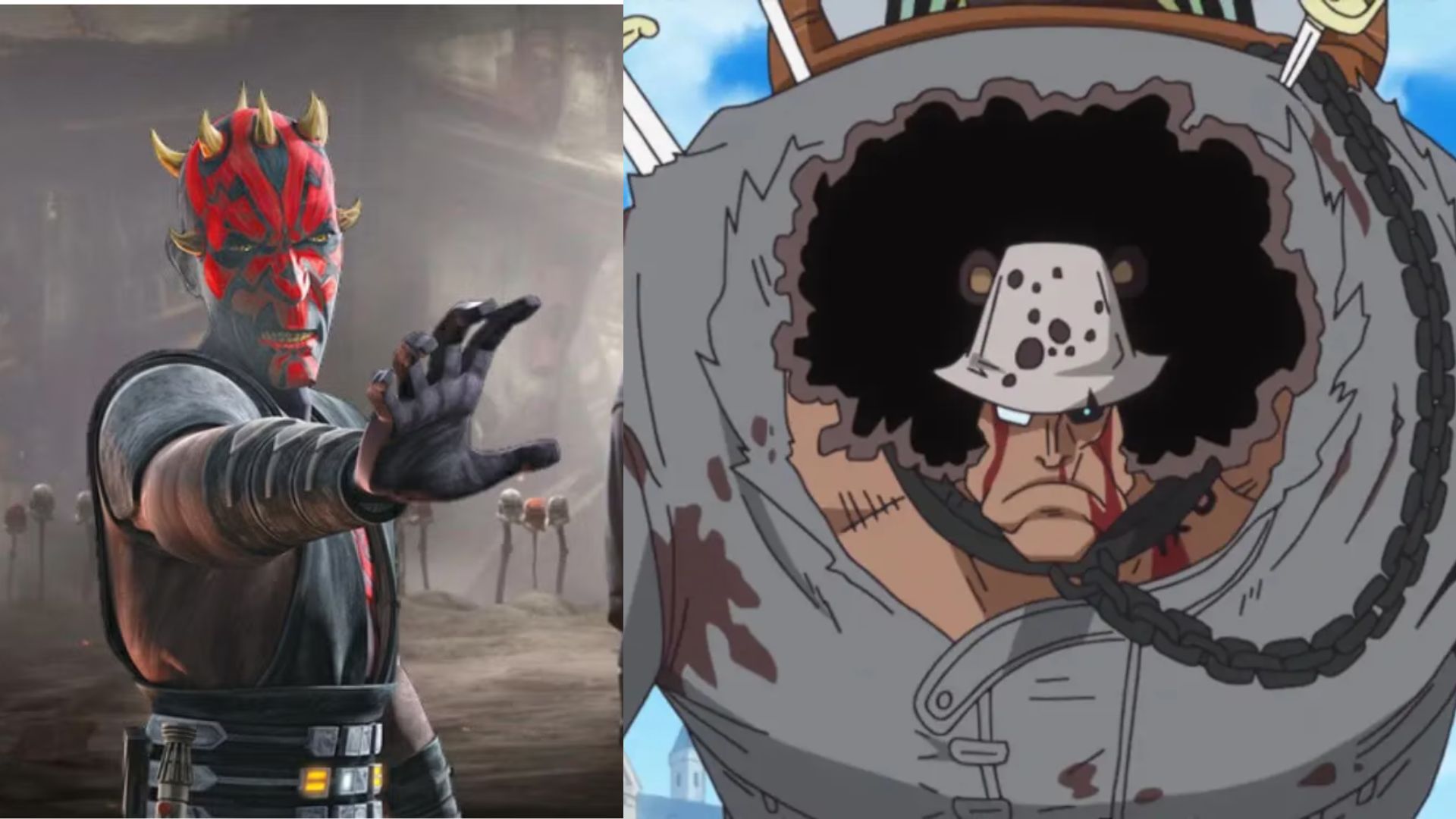
In the anime community, One Piece continues to amaze fans with its deeply emotional and complex storytelling. The ongoing Egghead Arc has taken a dark and powerful turn, shedding light on the tragic backstory of Bartholomew Kuma. Once thought to be a silent, robotic soldier serving the World Government, Kuma’s origin reveals a tale far more heartbreaking than most expected—one that even surpasses the emotional weight of Star Wars’ own clone narrative.
Kuma’s story begins in pain. As a child, he was taken into slavery by the Celestial Dragons—nobles who consider themselves gods and view other humans as disposable. At just four years old, Kuma was forced to serve in Mariejois, losing his parents to the cruel system. His early life was marked by unimaginable suffering, and even after he was freed during the God Valley incident, peace was never within his reach.
What truly sets Kuma apart from characters like Jango Fett in Star Wars is the nature of his sacrifice. Jango volunteered to become the model for the Republic’s clone army, demanding only that one unaltered clone, Boba Fett, be given to him as his son. His deal, though still morally complex, was transactional. Kuma, however, had no such luxury. When his adoptive daughter, Jewelry Bonney, fell gravely ill, Kuma was forced to make a decision no parent should ever face—give up his freedom and identity in exchange for a chance to save her life.

Working with Dr. Vegapunk, Kuma slowly allowed himself to be transformed into a human weapon: the prototype for the Pacifista clone army. But unlike Fett, Kuma’s transformation came at the cost of his memories, personality, and emotions. Under the command of Saint Saturn, one of the Gorosei, Kuma became little more than a machine, his humanity stripped away in the name of science and control.
Despite all this, Kuma’s final act proves his undying love. In a critical moment, he manages to override his programming, risking everything to protect Bonney. Even though he had become a cold, mechanical figure on the outside, his love for his daughter remained untouched deep within.
The Egghead Arc has used Kuma’s story to highlight major social themes: slavery, systemic injustice, and the cost of power. Kuma is not just a single character suffering alone—he is a reflection of a world that oppresses and dehumanizes entire groups of people. As a descendant of the Buccaneer race, he faced discrimination from birth, and his transformation into a Pacifista symbolizes how the powerful often erase the identities of those they deem unworthy.

In many ways, One Piece has done what Star Wars didn’t—it made its “clone” character a central figure in a powerful emotional drama. While Star Wars explored the ethical questions of cloning in a military context, One Piece dives deeper into the emotional, personal, and societal consequences.
Through Kuma’s heartbreaking journey, Eiichiro Oda reminds us that true strength lies in love, not power. And in doing so, One Piece once again proves why it remains one of the most compelling stories in anime and manga history.








